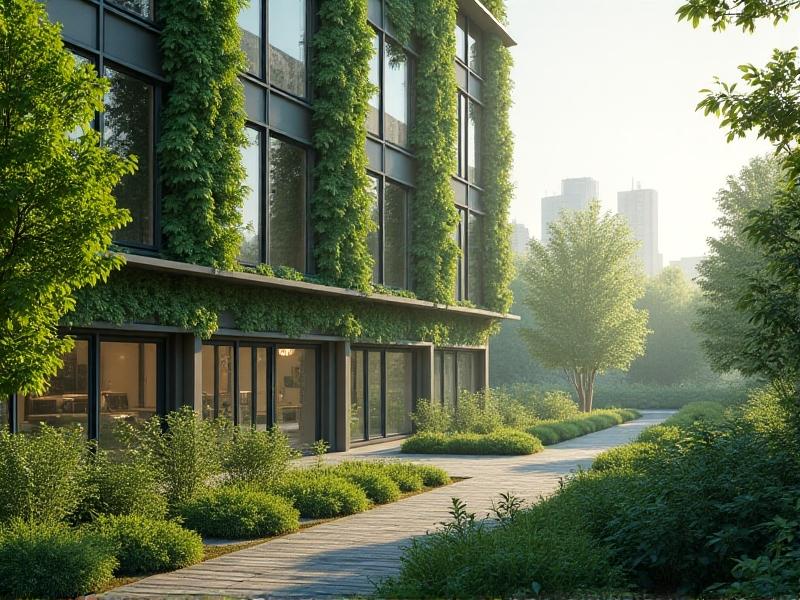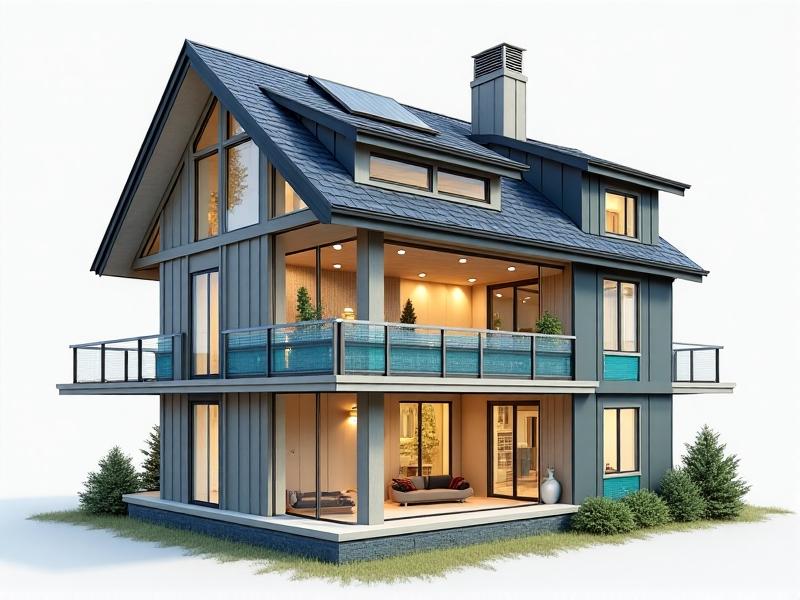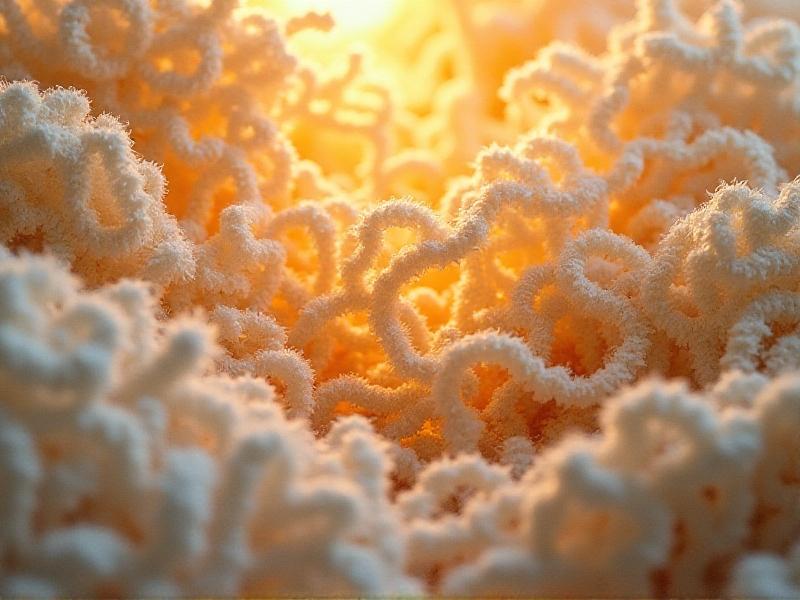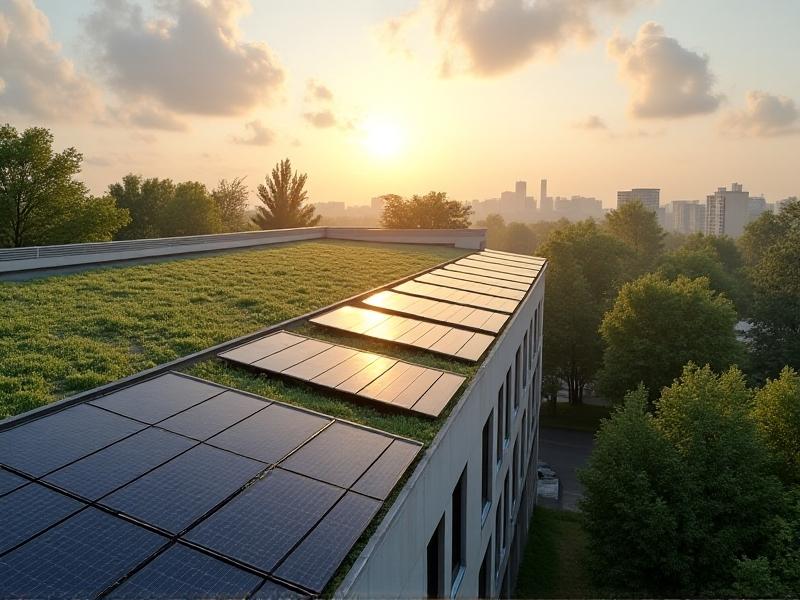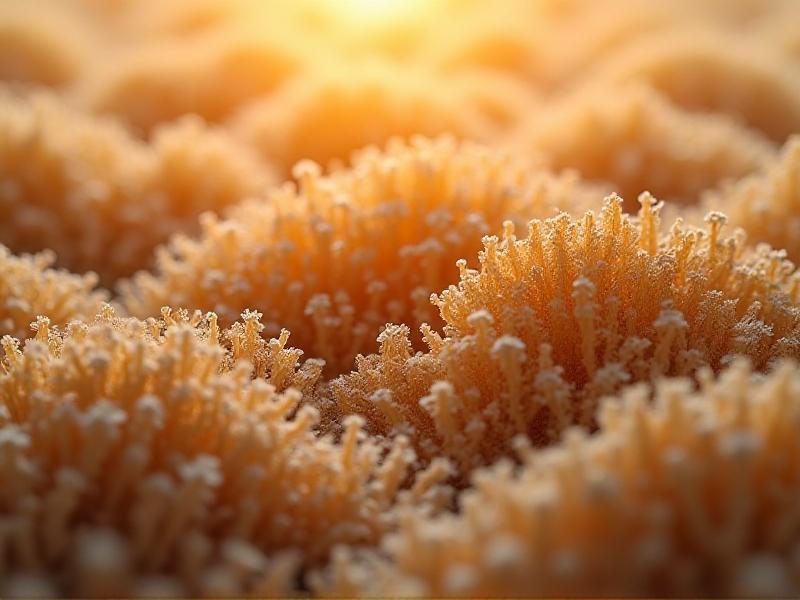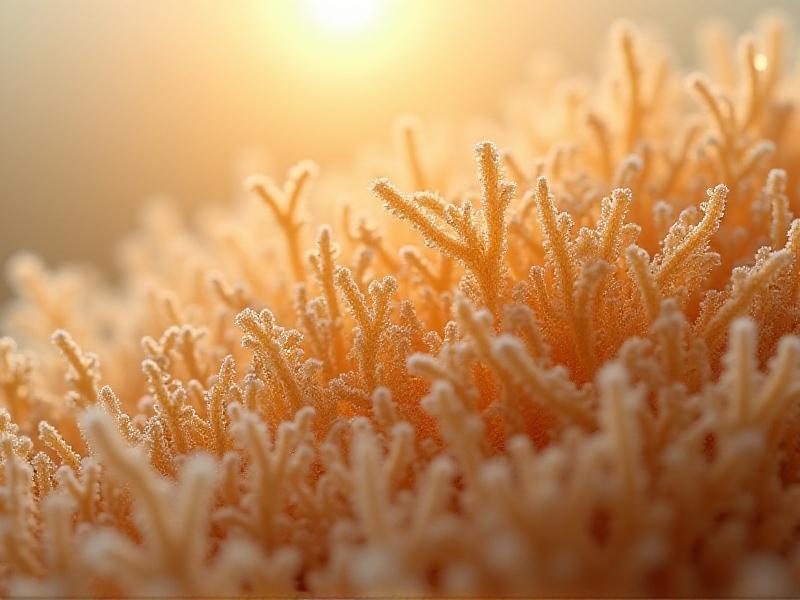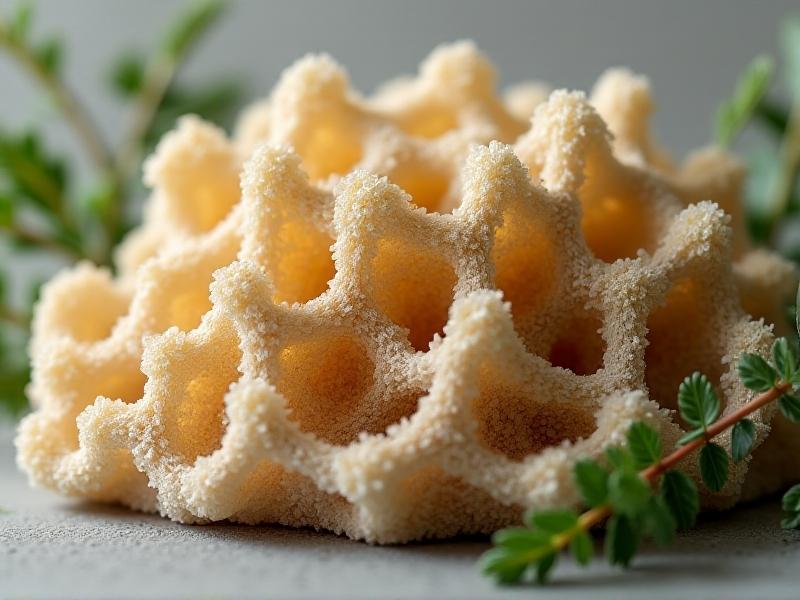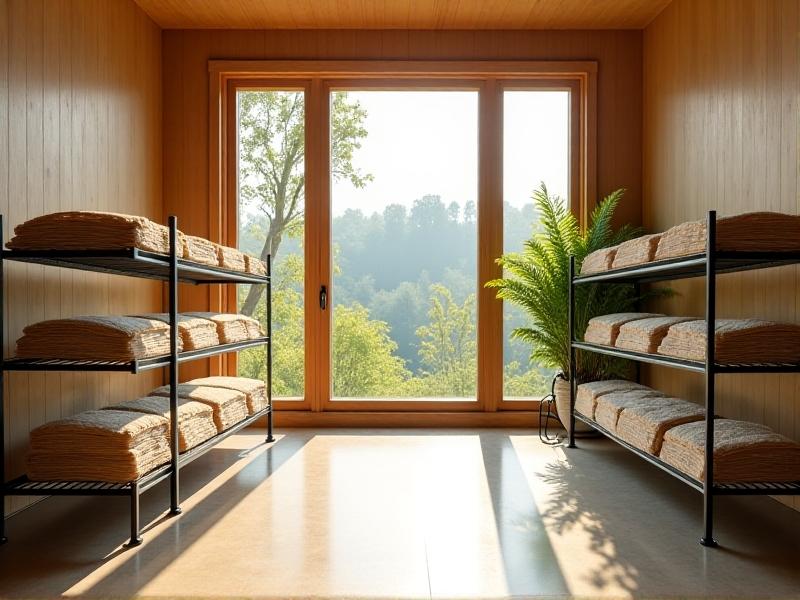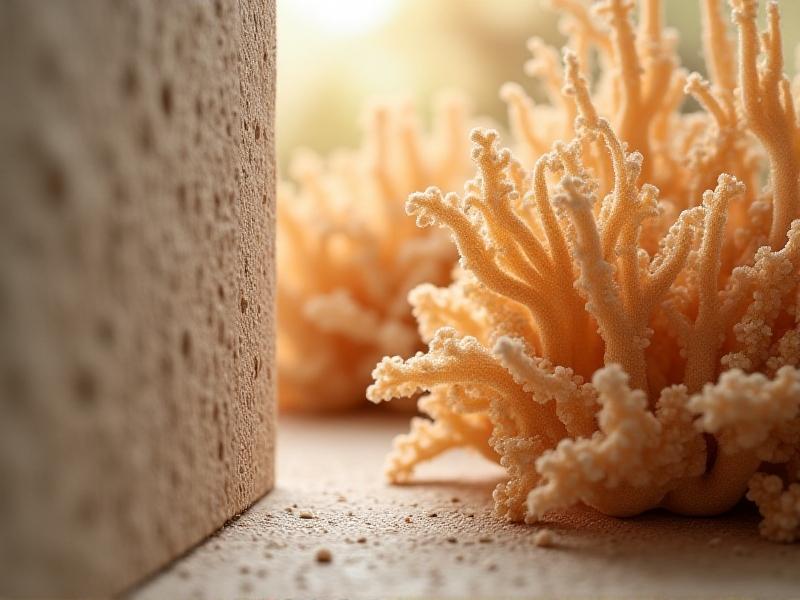Comparative Moisture Resistance: Myco-Insulation vs Traditional Materials
Introduction to Moisture Resistance in Building Materials
Moisture resistance is a critical factor in the longevity and efficiency of building materials. Whether it's insulation, wall panels, or flooring, the ability to resist moisture can determine the durability and performance of a structure. Traditional materials like fiberglass, foam, and mineral wool have long been the go-to options for insulation. However, the rise of sustainable alternatives, such as myco-insulation, has sparked a new conversation about moisture resistance. This article delves into the comparative moisture resistance of myco-insulation versus traditional materials, exploring their properties, advantages, and limitations.
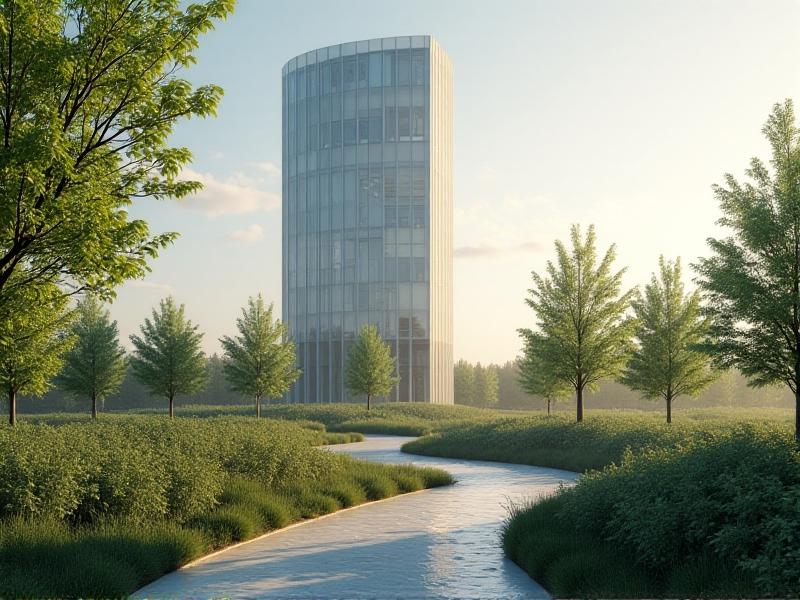
Understanding Myco-Insulation: A Sustainable Alternative
Myco-insulation, derived from mycelium—the root structure of mushrooms—is gaining traction as an eco-friendly alternative to traditional insulation materials. Mycelium is grown in molds using agricultural waste, creating a lightweight, biodegradable, and highly effective insulating material. Its unique cellular structure not only provides excellent thermal insulation but also exhibits remarkable moisture resistance. Unlike traditional materials that can absorb water and lose their insulating properties, myco-insulation retains its effectiveness even in humid conditions. This section explores the science behind myco-insulation and its growing role in sustainable construction.

Traditional Insulation Materials: A Historical Perspective
Traditional insulation materials like fiberglass, foam, and mineral wool have been the backbone of the construction industry for decades. These materials are known for their affordability, availability, and ease of installation. However, their moisture resistance varies significantly. Fiberglass, for instance, can absorb moisture, leading to mold growth and reduced insulation performance. Foam materials, while more resistant, can degrade over time when exposed to water. This section examines the pros and cons of traditional insulation materials, focusing on their moisture resistance and long-term durability.
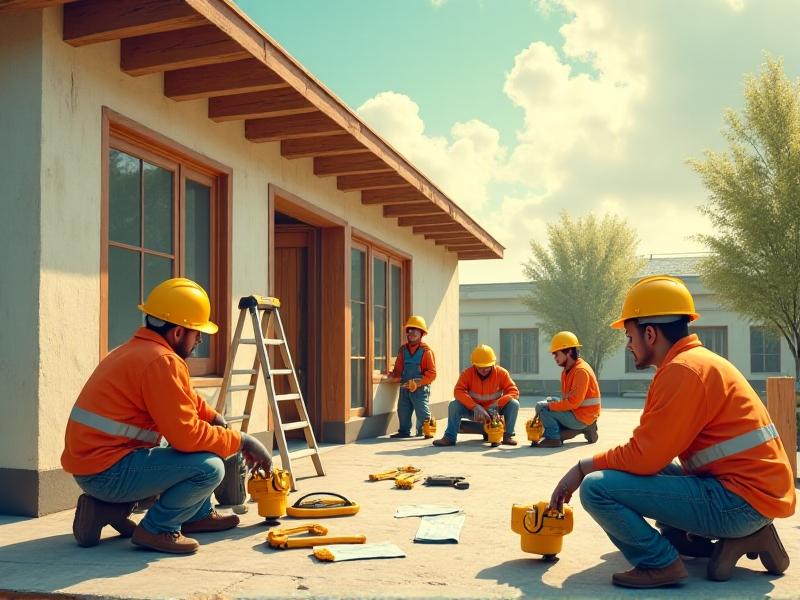
Moisture Resistance: A Key Factor in Material Performance
Moisture resistance is not just about preventing water damage; it's about maintaining the structural integrity and efficiency of a building. Materials that absorb moisture can lead to mold, mildew, and even structural decay. This section delves into the importance of moisture resistance in building materials, exploring how it impacts energy efficiency, indoor air quality, and overall building health. By comparing the moisture resistance of myco-insulation and traditional materials, we can better understand their suitability for different environments and applications.
Testing Moisture Resistance: Methods and Metrics
To accurately compare the moisture resistance of myco-insulation and traditional materials, standardized testing methods are essential. These tests measure factors like water absorption, vapor permeability, and resistance to mold growth. This section outlines the common testing protocols used in the industry and how myco-insulation and traditional materials perform under these conditions. By understanding the metrics, builders and architects can make informed decisions about the best materials for their projects.
Environmental Impact: Myco-Insulation vs Traditional Materials
Beyond moisture resistance, the environmental impact of building materials is a growing concern. Traditional insulation materials often rely on non-renewable resources and can be challenging to dispose of. Myco-insulation, on the other hand, is biodegradable and made from renewable resources. This section compares the environmental footprint of myco-insulation and traditional materials, highlighting the benefits of sustainable alternatives in reducing waste and promoting eco-friendly construction practices.
Cost Analysis: Affordability and Long-Term Savings
While myco-insulation offers numerous advantages, cost remains a significant factor in material selection. Traditional materials are generally more affordable upfront, but their long-term costs can be higher due to maintenance and replacement needs. This section provides a detailed cost analysis of myco-insulation versus traditional materials, considering factors like installation, durability, and energy efficiency. By evaluating the total cost of ownership, we can determine which option offers the best value for different types of projects.
Case Studies: Real-World Applications of Myco-Insulation
To understand the practical benefits of myco-insulation, it's essential to examine real-world applications. This section presents case studies of buildings that have successfully incorporated myco-insulation, highlighting its performance in various climates and conditions. From residential homes to commercial structures, these examples demonstrate the versatility and effectiveness of myco-insulation in providing moisture resistance and improving energy efficiency.
Challenges and Limitations of Myco-Insulation
Despite its many advantages, myco-insulation is not without its challenges. This section explores the limitations of myco-insulation, including its current availability, production scalability, and potential barriers to widespread adoption. By addressing these challenges, we can better understand the future potential of myco-insulation and the steps needed to overcome these obstacles.
Future Trends: The Evolution of Moisture-Resistant Materials
As the construction industry continues to evolve, so too do the materials used in building. This section explores emerging trends in moisture-resistant materials, including advancements in myco-insulation and other sustainable alternatives. From nanotechnology to bio-based composites, the future of building materials is poised to offer even greater moisture resistance, durability, and environmental benefits. By staying ahead of these trends, builders and architects can create structures that are not only efficient but also resilient in the face of changing environmental conditions.
Conclusion: Making Informed Choices in Building Materials
Choosing the right building materials is a complex decision that requires careful consideration of factors like moisture resistance, cost, and environmental impact. By comparing myco-insulation to traditional materials, we can better understand the strengths and weaknesses of each option. Whether you're building a new home or retrofitting an existing structure, the insights provided in this article can help you make informed choices that ensure durability, efficiency, and sustainability.
